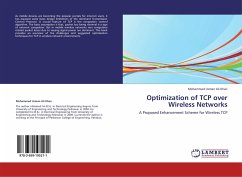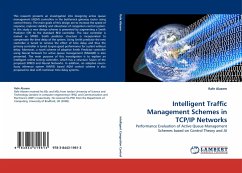From the early days of BSD Unix systems to desktop and server platforms of today, the TCP/IP protocol suite and, consequently, the Transmission Control Protocol (TCP) itself are an integral part of any operating system. Most popular applications and services, starting from FTP and Usenet before the World Wide Web was invented and up to YouTube and P2P these days, use TCP as the default transport layer protocol for providing reliable data delivery over best-effort IP networks. As a result, a large portion of Internet traffic is carried by TCP. Due to its widespread use, TCP performance has been extensively studied over the last decade, whereas analytical modeling has proven to be a powerful and cost-effective tool for examining the behavior of TCP. To be useful, these analytical models should be accurate and capture the most important TCP algorithms. In this book, we made an effort towards a better understanding of various aspects of TCP performance under different conditions and in different environments.
Bitte wählen Sie Ihr Anliegen aus.
Rechnungen
Retourenschein anfordern
Bestellstatus
Storno








